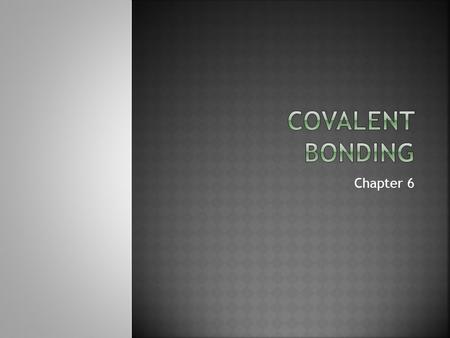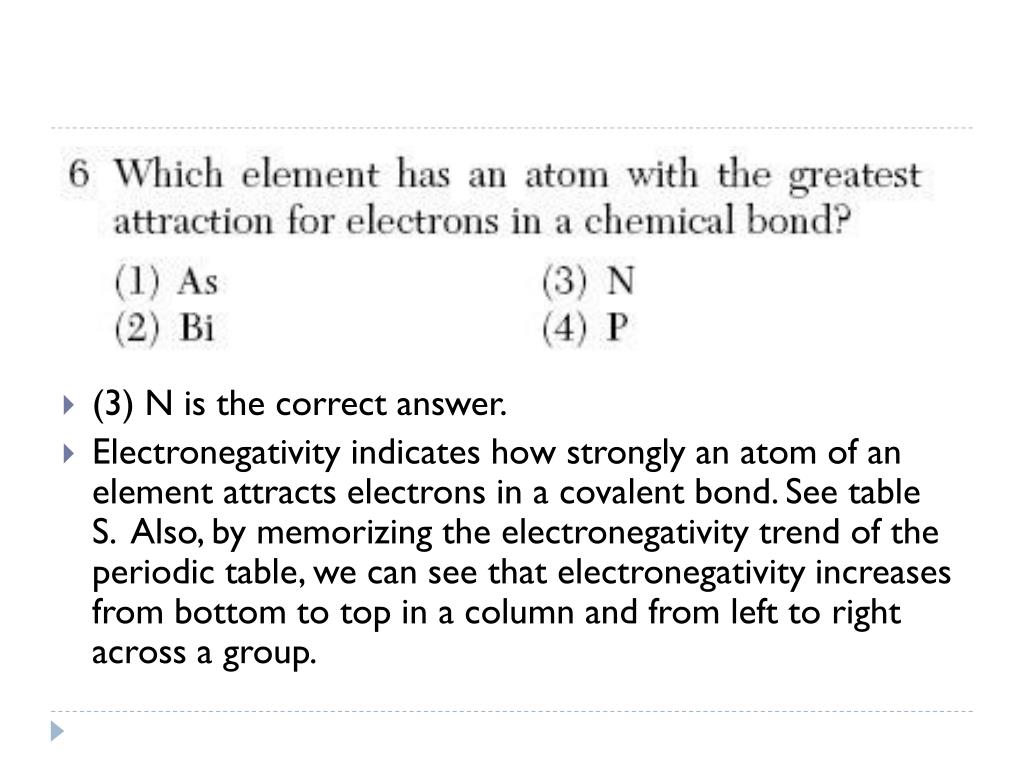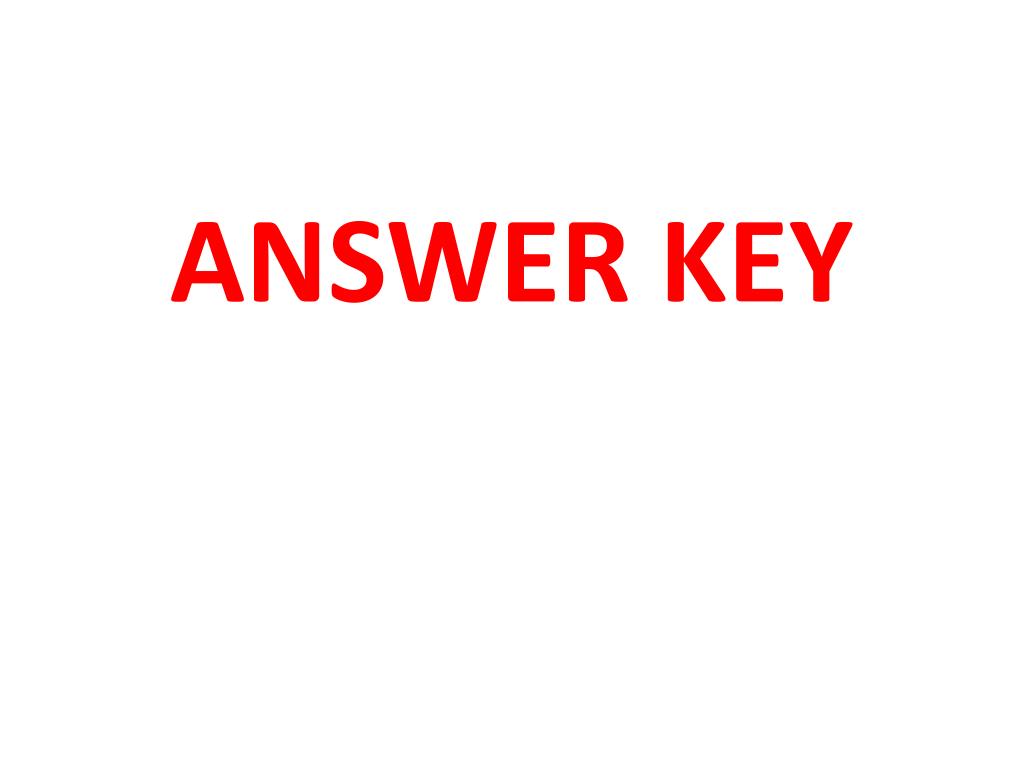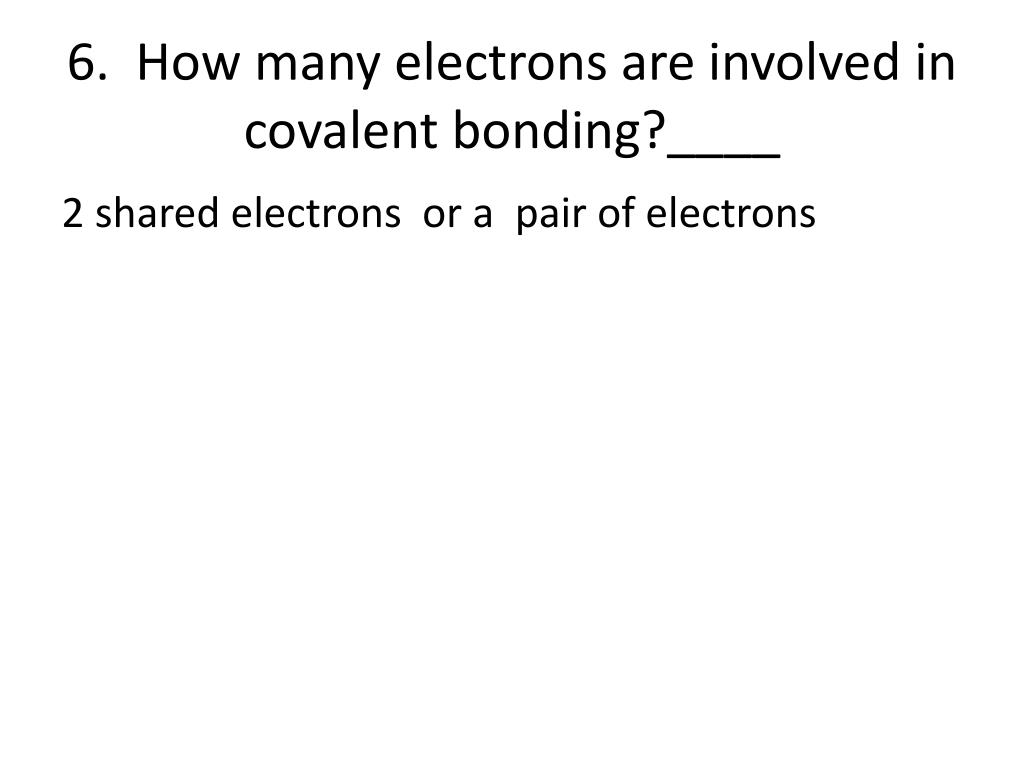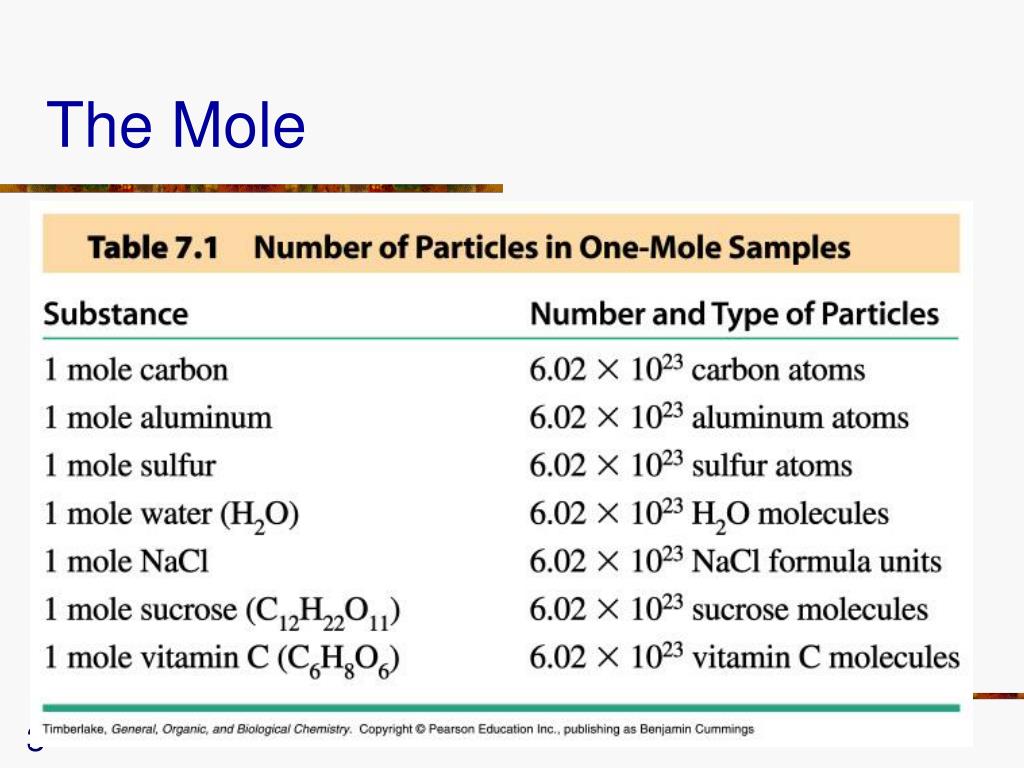Section 6 1 Introduction To Chemical Bonding Answers

A chemical bond resulting from electrostatic attraction between positive and negative ions is called a n.
Section 6 1 introduction to chemical bonding answers. Classify bonding type according to electronegativity differences. Chapter 6 chemical bonding section 1 introduction to chemical bonding objectives 1. Describe ionic and covalent bonding.
A mutual attraction between the nucleii and the valence electrons of two different atoms that binds them together is called a. Section 6 1 interactive reader review section 6 1. A nuclei c isotopes b inner electrons d lewis structures 2.
Chemical bond a mutual electrical attraction between the nuclei and valence electrons of different atoms that binds the atom together atoms form chemical bonds because independent particles have high potential energy but nature favors arrangements with minimal potential energy. Because a triple bond will have more strength in electron affinity than a single bond the attraction to the positively charged nucleus is increased meaning that the distance from the nucleus to the electrons is less. Chemical bonding section 1 short answer answer the following questions in the space provided.
55 average accuracy. In covalent bonding atoms share electrons and form independent molecules. Types of chemical bonding a chemical bond is a mutual electrical attraction between the nuclei and valence electrons of different atoms that.
A a chemical bond between atoms results from the attraction between the valence electrons and of different atoms. Explain why most atoms form chemical bonds. It is essential that we know what bonds are before we can understand any chemical reaction.
Explain why most chemical bonding is neither purely ionic or purley 5. In ionic bonding many atoms transfer electrons. B a covalent bond consists of a a shared electron.



